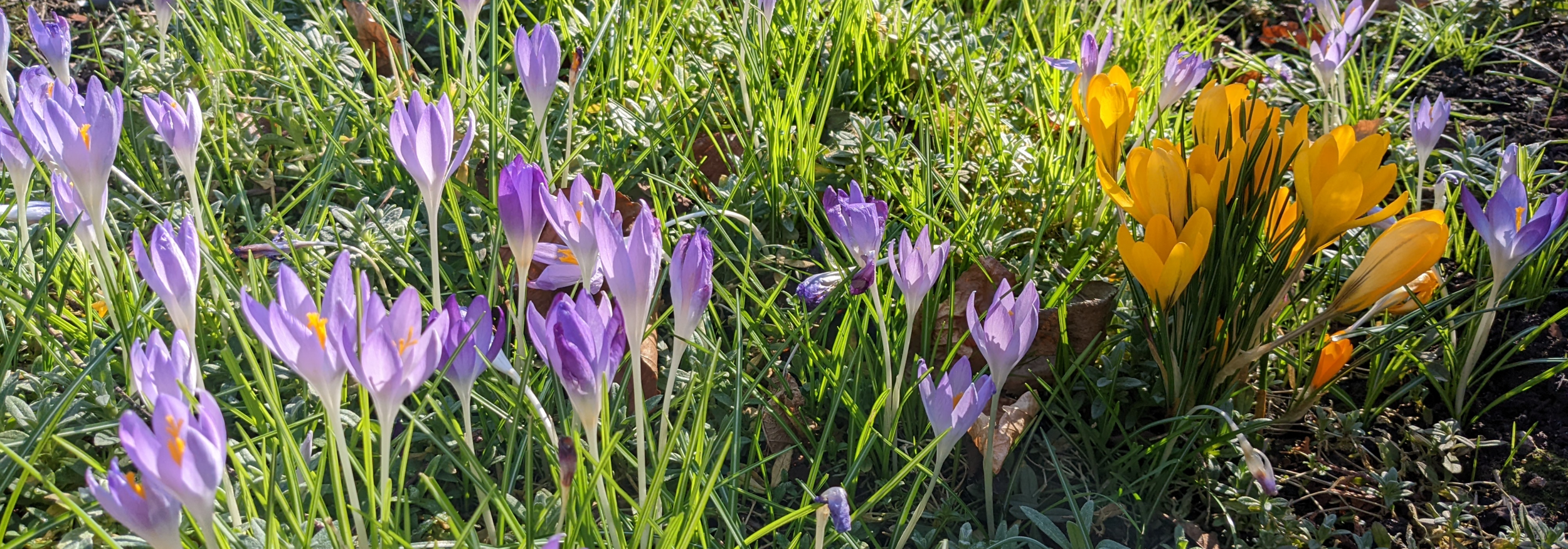Pests?
/Once the hectic days of spring and early summer are over, July feels positively laid back; it’s time to sit down and enjoy the garden. Unfortunately, some unwelcome visitors may well be doing the same. Pests can be found in even the finest gardens and although some can be headed off before they make an impact and others can be tolerated (waging war on everything would eat up every hour of every day as well as depriving beneficial animals and insects of their dinner) as the damage they do is minimal or not long lasting, some really do need to be dealt with before they destroy whole plants or crops. There are some pests that have no natural predators here, such as lily beetle, or those that swoop in before anything else notices (including me!) such as slugs on hostas or saw fly on gooseberries.
Ladybird Larvae, commons wikimedia.org
Every year brings new pest/disease challenges, as well as the old favourites. For the last 23 years, the RHS has published lists, one for pests and one for diseases. This is not a scientific study, the figures are derived from the number of enquiries about each by the public, but it does show what is of concern to gardeners and it is interesting to look at the change of pests over the years, often due to the weather or the movement of introduced species. For 2018 the top 10 pests, in descending order, were the box tree caterpillar, slugs and snails, viburnum beetle, vine weevil, woolly aphid, the Southern green shield bug, fuchsia gall mite, capsid bug/cushion scale and ants.
Gardening for wildlife is a popular trend today and this must include allowing some pests to survive as well as provision of habitat and the reduction of practices that kill beneficial and welcome visitors alongside those we don’t want. Slow-worms, thrushes, ladybirds and hover flies, for example, will all move into the garden given a plentiful supply of food. Knowledge about the animals that help us gardeners is essential, it grieved me recently when someone told me proudly that they had killed a lot of horrible looking insects on their beans. These turned out to be ladybird larvae. If you are not sure, look the animal up. I won’t give advice on pest control here, except to say, before reaching for pesticides, consider tolerance, squashing or nematodes & other biological controls first. A balance is better than Armageddon!


